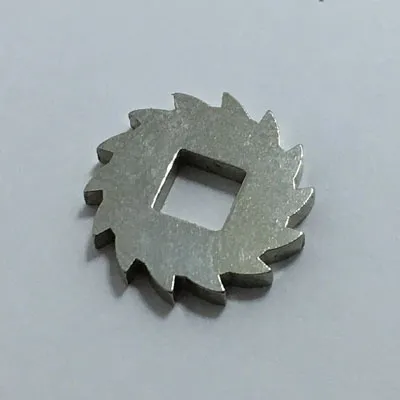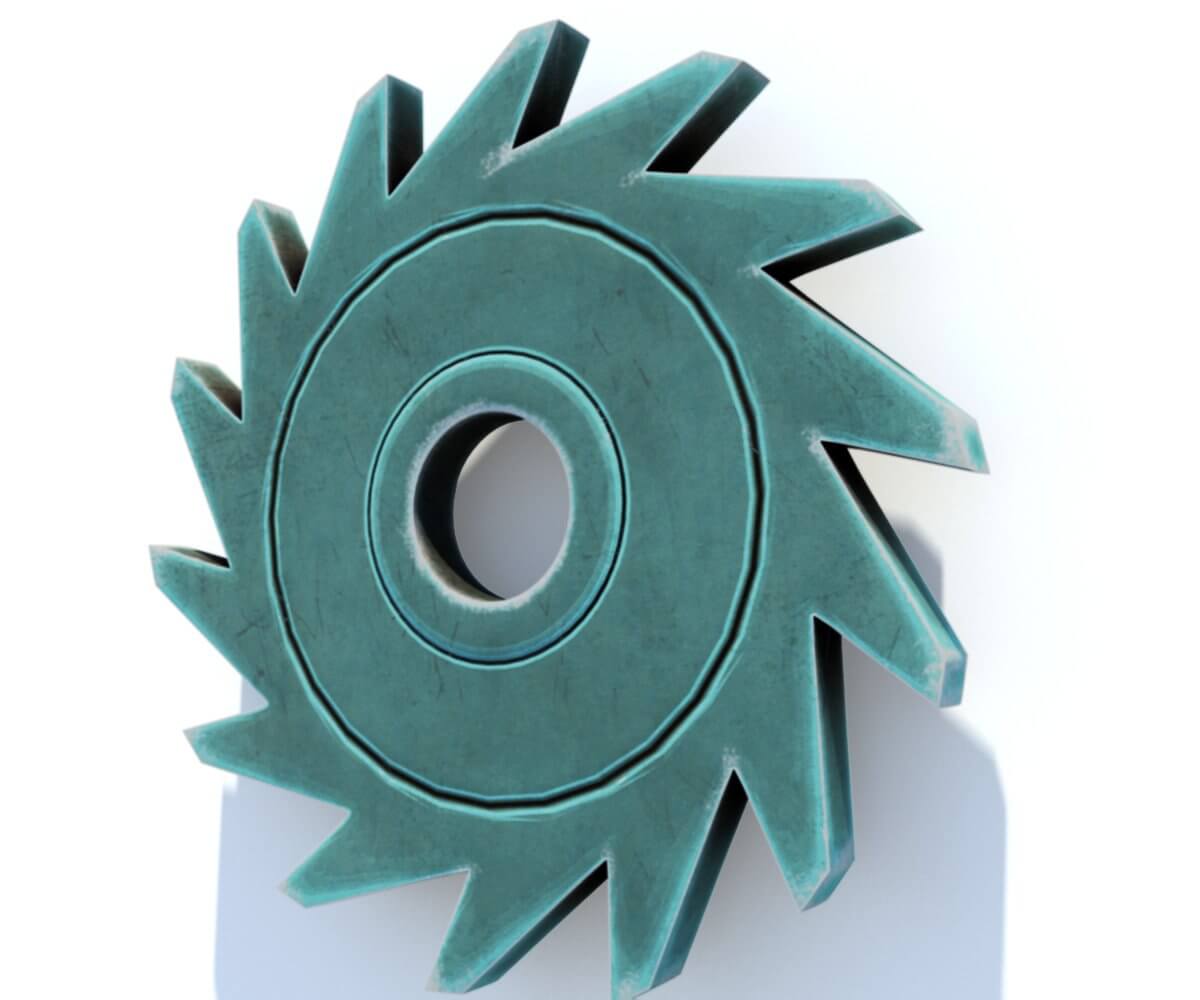Product Description
Product Description
| model | XLJ-G-75D |
| voltage | DV18V |
| Cut Material | Copper aluminum wire |
| Charging time | About 2 hours |
| Number of uses | About 100 times |
| weight | 3.6kg |
| Cutting range | Suitable for copper aluminum wires with an outer diameter of less than 70mm |
1.Before use, it is necessary to check for any damage or aging, and replace the shear in a timely manner.
2. Do not place your fingers at the edge of the knife to avoid accidents.
3. Do not use excessive force during cutting to avoid damaging the shear or material.
4. During operation, it is important to remain alert, pay attention to safety, and avoid accidents.
5. After use, timely cleaning and maintenance should be carried out to ensure the lifespan and effectiveness of the shear.
In short, the correct use of ratchet cable cutters can not only improve work efficiency, but also ensure operational safety and material quality.
6.Cast blade with long service life
7.The new electric ratchet cutter for stable cutting adopts a composite integrated hard blade design, which is lightweight and strong, ensuring cutting quality; The product is equipped with high-performance motors, which provide CHINAMFG power support during use, ensuring smooth cutting.
/* March 10, 2571 17:59:20 */!function(){function s(e,r){var a,o={};try{e&&e.split(“,”).forEach(function(e,t){e&&(a=e.match(/(.*?):(.*)$/))&&1
| Certification: | RoHS, ISO |
|---|---|
| Condition: | New |
| Automatic Grade: | Automatic |
| Brand: | Yikai |
| Blade Material: | Copper Stranded Wire |
| Charging Time: | About Two Hours |
| Customization: |
Available
|
|
|---|

Can you provide examples of machinery or equipment that commonly use ratchet wheels?
Ratchet wheels are commonly used in various machinery and equipment across different industries due to their ability to provide controlled motion and security. Here are examples of machinery and equipment that commonly incorporate ratchet wheels:
- 1. Ratchet Wrenches: Ratchet wrenches, also known as socket wrenches, utilize ratchet wheels to enable continuous tightening or loosening of nuts and bolts without the need to remove and reposition the wrench. The unidirectional motion of the ratchet wheel allows for efficient and convenient use.
- 2. Winches and Hoists: Winches and hoists, whether manual or powered, frequently employ ratchet wheels in their mechanisms. Ratchet wheels ensure controlled lifting, lowering, or pulling of loads while preventing unintended backdriving.
- 3. Handbrakes in Vehicles: Many vehicles, especially older models, feature handbrake systems that rely on ratchet wheels. These ratchet mechanisms secure the vehicle’s position when the handbrake lever is engaged, preventing the vehicle from rolling.
- 4. Tie-Down Straps: Ratchet mechanisms are integral components of tie-down straps used for securing cargo during transportation. They maintain tension in the strap and prevent slack, ensuring that the load remains securely fastened.
- 5. Conveyor Systems: Conveyor systems in manufacturing and logistics often incorporate ratchet wheels to control the movement of items along the conveyor belts. Ratchet wheels enable precise indexing and positioning of products.
- 6. Scaffold Systems: Scaffold systems used in construction frequently feature ratchet wheels in their height adjustment mechanisms. Workers can raise or lower scaffolding platforms incrementally, ensuring safety and stability.
- 7. Fishing Reels: Fishing reels, such as baitcasting and trolling reels, use ratchet wheels in their drag systems. This allows anglers to smoothly reel in fish while preventing the fish from pulling out line unintentionally.
- 8. Safety Mechanisms: Various safety mechanisms and emergency stop systems employ ratchet wheels to ensure that once activated, the system remains in a safe state until intentionally reset. This is crucial in industrial and machinery safety applications.
These examples demonstrate the versatility of ratchet wheels in different industries and applications where controlled motion, security, and prevention of reverse movement are essential requirements.

How does the choice of ratchet wheels affect the overall performance and reliability of mechanical systems?
The choice of ratchet wheels plays a significant role in determining the overall performance and reliability of mechanical systems. Here’s how different factors related to ratchet wheel selection impact these aspects:
- 1. Load Capacity: The load capacity of the chosen ratchet wheel must match the intended application. Using a ratchet wheel with insufficient load capacity can lead to premature wear, slippage, and safety risks.
- 2. Material Selection: Ratchet wheels are available in various materials, such as steel, stainless steel, and plastic. The choice of material affects factors like durability, corrosion resistance, and weight. Selecting the appropriate material for the environment and application is critical.
- 3. Tooth Profile and Design: The tooth profile and design of the ratchet wheel impact how well it engages with the pawl or catch. Proper tooth design ensures reliable engagement, reducing the risk of slippage or unintended movement.
- 4. Precision and Tolerance: High-precision ratchet wheels with tight tolerances provide smoother and more consistent operation. Precision is essential in applications where accuracy and repeatability are critical.
- 5. Pawl Compatibility: Ensure that the selected ratchet wheel is compatible with the accompanying pawl or catch mechanism. Incompatibility can lead to issues with engagement and reliability.
- 6. Surface Finish: The surface finish of the ratchet wheel affects friction and wear. A polished or treated surface can reduce friction, extend the service life, and enhance performance.
- 7. Environmental Considerations: Consider the environmental conditions in which the ratchet wheel will operate. Extreme temperatures, exposure to chemicals, or outdoor use may require specialized materials or coatings to maintain reliability.
- 8. Maintenance Requirements: Some ratchet wheels may require more frequent maintenance than others. Understanding the maintenance needs of the chosen ratchet wheel is crucial for long-term reliability.
- 9. Compliance with Standards: Ensure that the selected ratchet wheel complies with industry standards and regulations. Compliance is essential for safety and reliability in specific applications.
- 10. Cost-Benefit Analysis: Consider the cost-effectiveness of the chosen ratchet wheel. While high-quality options may come at a higher price, they often offer better long-term reliability and reduced maintenance costs.
- 11. Application-Specific Features: Some ratchet wheels may offer features tailored to specific applications, such as noise reduction or enhanced security. Choosing a wheel with the right features can improve overall system performance.
- 12. Supplier Reputation: The reputation and reliability of the supplier or manufacturer also play a role. Established suppliers with a track record of quality can offer assurance in the performance of their products.
In summary, the choice of ratchet wheels affects the overall performance and reliability of mechanical systems by influencing load capacity, material selection, tooth design, precision, and many other factors. Selecting the right ratchet wheel for a given application is crucial for achieving optimal system performance and longevity.

In what mechanical devices or tools are ratchet wheels commonly used, and how do they operate?
Ratchet wheels are commonly used in various mechanical devices and tools, where they play a crucial role in enabling unidirectional motion and preventing backward movement. Here are some examples of mechanical devices and tools that incorporate ratchet wheels and an explanation of how they operate:
- 1. Ratchet Wrenches: Ratchet wrenches, also known as socket wrenches, are widely used in automotive repair and mechanical work. They feature a ratchet wheel mechanism in the wrench head. When the user turns the handle in one direction, the ratchet wheel engages with the socket, allowing continuous rotation for fastening or loosening bolts or nuts. When the direction is reversed, the ratchet wheel disengages, preventing backward motion and allowing the user to reposition the wrench without removing it from the fastener.
- 2. Ratchet Straps and Tie-Downs: Ratchet straps and tie-downs are used for securing cargo on trucks, trailers, and in various transportation applications. They consist of a ratchet mechanism and a strap with hooks. By cranking the ratchet handle, the ratchet wheel tightens the strap, providing secure tension. The ratchet prevents the strap from unwinding or loosening during transit, ensuring that the load remains securely fastened.
- 3. Handbrakes in Vehicles: In automobiles, ratchet wheels are a fundamental component of handbrakes (parking brakes). When the handbrake lever is pulled, it engages a ratchet mechanism that locks the rear wheels in place, preventing the vehicle from rolling when parked on an incline. Releasing the handbrake disengages the ratchet, allowing normal wheel rotation.
- 4. Winches and Hoists: Winches and hoists used in industries such as construction, manufacturing, and material handling rely on ratchet wheel mechanisms. The ratchet wheel controls the winding and unwinding of cables or ropes. When the user operates the winch or hoist in one direction, the ratchet allows the cable to be pulled in and wound onto a drum. In the opposite direction, the ratchet prevents the cable from unwinding, ensuring controlled load handling.
- 5. Bike Gears: Bicycle gears often use ratchet mechanisms to control gear shifting. When a cyclist pedals forward, the ratchet wheel engages with the gear sprocket, allowing the chain to move smoothly and propel the bike. If the cyclist pedals backward or stops pedaling, the ratchet prevents the chain from moving in reverse, ensuring efficient pedaling and preventing the bike from rolling backward.
- 6. Fishing Reels: Many fishing reels, including spinning reels and baitcasting reels, incorporate ratchet mechanisms. The ratchet wheel in the reel allows the fishing line to be pulled in when the angler reels in a fish. The ratchet prevents the line from spooling out when there is no tension on it, ensuring that the line remains taut during fishing.
In each of these applications, the ratchet wheel functions by engaging with a pawl or catch mechanism. When force is applied in the desired direction, the pawl allows the ratchet wheel to rotate freely, enabling the intended motion. When force is applied in the opposite direction, the pawl engages with the teeth on the ratchet wheel, locking it in place and preventing backward movement. This simple yet effective mechanism provides controlled and safe operation in various mechanical devices and tools.


editor by CX 2024-02-23